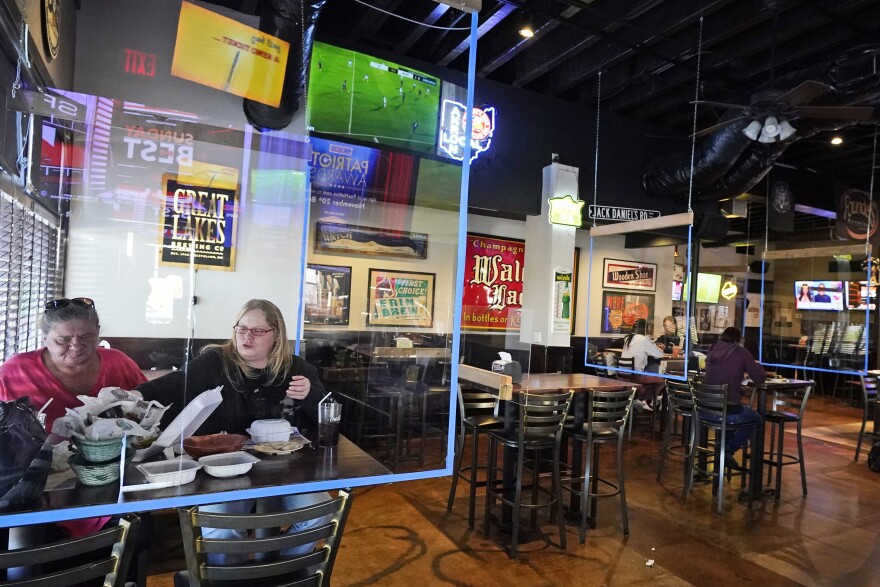Ohio has lifted the nightly curfew that closed restaurants and bars in late evening hours since November. But Gov. Mike DeWine says there was evidence the curfew did help prevent the spread of COVID-19.
DeWine says when you are inside a bar or restaurant, you are indoors without a mask while eating and drinking. And that, he says, makes it easier to spread COVID-19.
“Restaurants, bars, by their very nature, have spread. We have clear evidence of that," DeWine says. "What a curfew simply does, it reduces the hours that people are actually there."
For months, Ohio restaurant and bar owners have been operating at limited capacity under state coronavirus restrictions, installing plexiglass and other safety measures.
In mid-November, faced with a fast-rising surge of coronavirus cases and hospitalizations, DeWine instituted a temporary 10 p.m.-5 a.m. business curfew, with exceptions for takeout or drive-through. When hospitalizations dropped in January, DeWine shortened the curfew to 11 p.m., before letting it expire completely last week.
Restaurants and bars complained that the curfew cost them revenue from sporting events. In a recent survey by the Ohio Restaurant Association, 62% of restaurant said they don’t anticipate breaking even in 2021.
On Thursday, the Ohio Department of Health also issued a new health order reopening buffets and self-service food stations in restaurants, bars, banquet and catering facilities.






